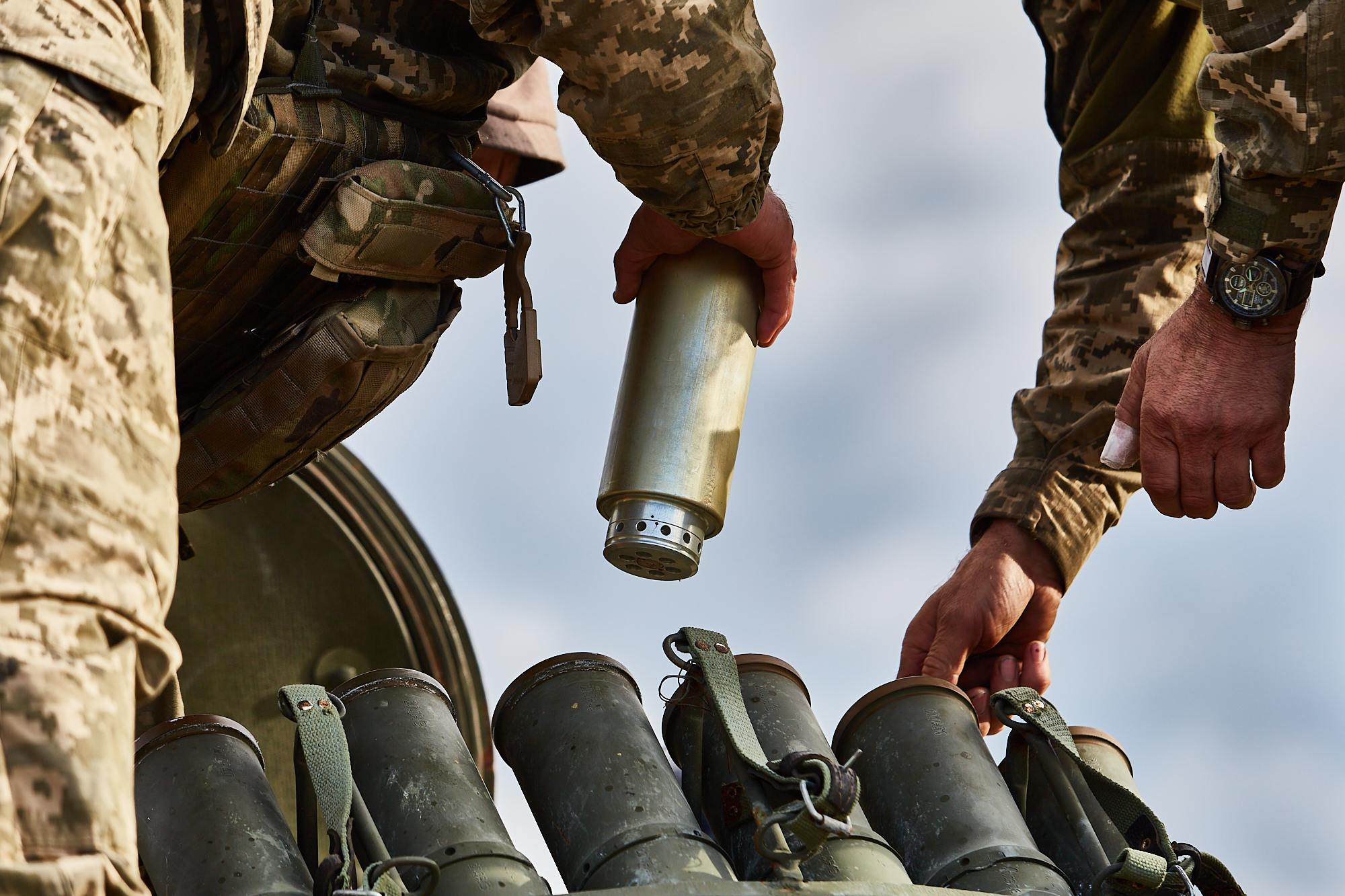- Reaction score
- 9,772
- Points
- 1,160
Ukrainian Consumption
10,000 drones per month.
20,000 shells per day
 aviationweek.com
aviationweek.com

 www.lawfaremedia.org
www.lawfaremedia.org
Canadian production
3,000 shells per year.
10,000 drones per month.
20,000 shells per day
Ukrainian forces in their fight against Russia burned through 10,000 drones per month in 2023, casualties of communications jamming, gunfire and crashes, according to an estimate by think tank Royal United Services Institute. Most of those uncrewed air vehicles and their components came from China.
Commentary: The U.S. Needs World War II Production Strategy For Drones | Aviation Week Network
Commercial electronics producers, including those in East Asia, could be vital to the U.S. war effort.
Ukrainian officials stated publicly in March 2023 that it needs 20,000 artillery shells per day for its roughly 300 Western-made artillery systems to support its ground operations effectively. At best they have received enough shells to fire 9,000 per day, but more recently only 2,000. Ukraine is trying to obtain sufficient munitions to fight fire with fire. Reportedly, Ukraine did not produce any artillery munitions before Russia’s invasion. In July 2023, Ukraine produced more mortar and artillery shells than it did in all of 2022. However, starting industrial production from virtually scratch during wartime, while bombarded by missiles and drones, will not suffice, at least in the short and medium terms. The latest reporting suggests that Ukraine will be able to produce 155 mm shells domestically during the second half of 2024.

Ukraine’s Artillery Shell Shortfall
The price of peace and how Ukraine’s allies have failed to deliver munitions.
Canadian production
3,000 shells per year.


